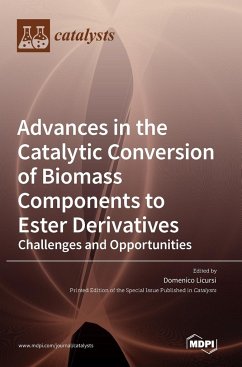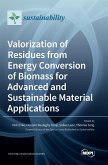Biomass has received significant attention as a sustainable feedstock that can replace diminishing fossil fuels in the production of value-added chemicals and energy. Many new catalytic technologies have been developed for the conversion of biomass feedstocks into valuable biofuels and bioproducts. However, many of these still suffer from several disadvantages, such as weak catalytic performance, harsh reaction conditions, a high processing cost, and questionable sustainability, which limit their further applicability/development in the immediate future. In this context, the esterification of carboxylic acids represents a very valuable solution to these problems, requiring mild reaction conditions and being advantageously integrable with many existing processes of biomass conversion. An emblematic example is the acid-catalyzed hydrothermal route for levulinic acid production, already upgraded to that of higher value alkyl levulinates, obtained by esterification or directly by biomass alcoholysis. Many other chemical processes benefit from esterification, such as the synthesis of biodiesel, which includes monoalkyl esters of long-chain fatty acids prepared from renewable vegetable oils and animal fats, or that of cellulose esters, mainly acetates, for textile uses. Even pyrolysis bio-oil should be stabilized by esterification to neutralize the acidity of carboxylic acids and moderate the reactivity of other typical biomass-derived compounds, such as sugars, furans, aldehydes, and phenolics. This Special Issue reports on the recent main advances in the homogeneous/heterogeneous catalytic conversion of model/real biomass components into ester derivatives that are extremely attractive for both the academic and industrial fields.








